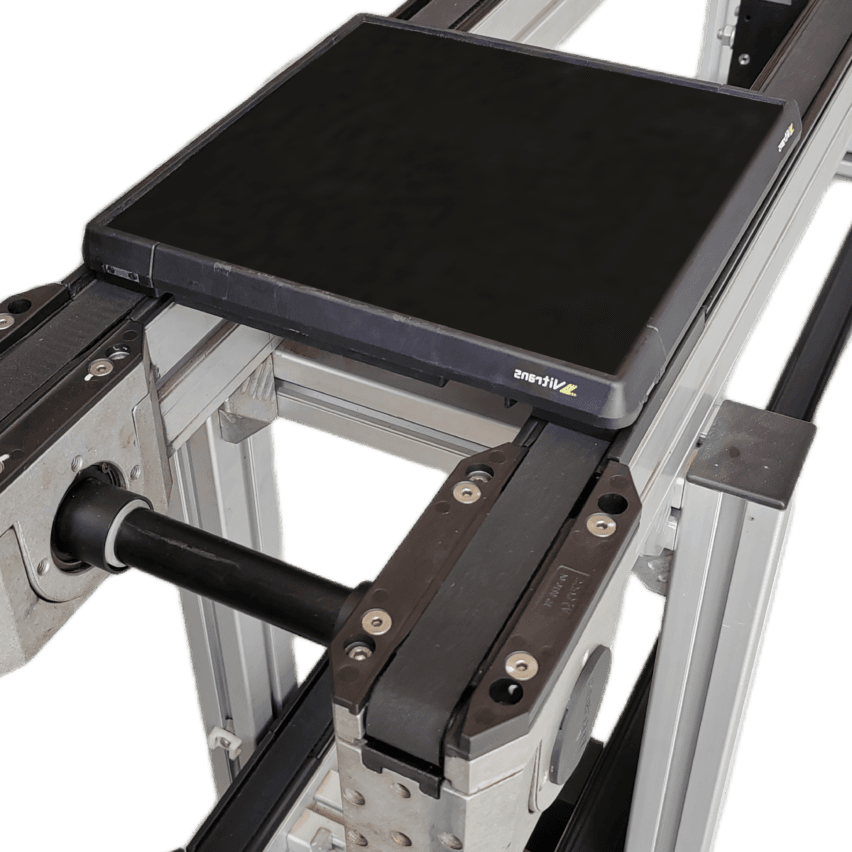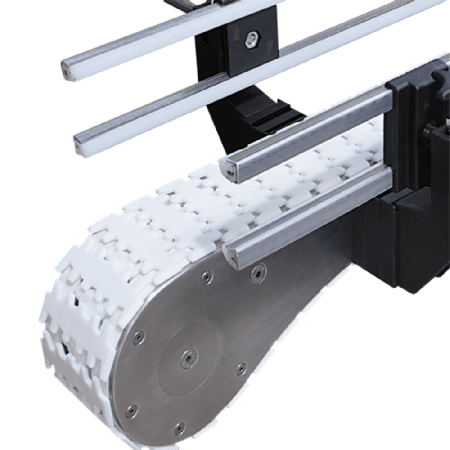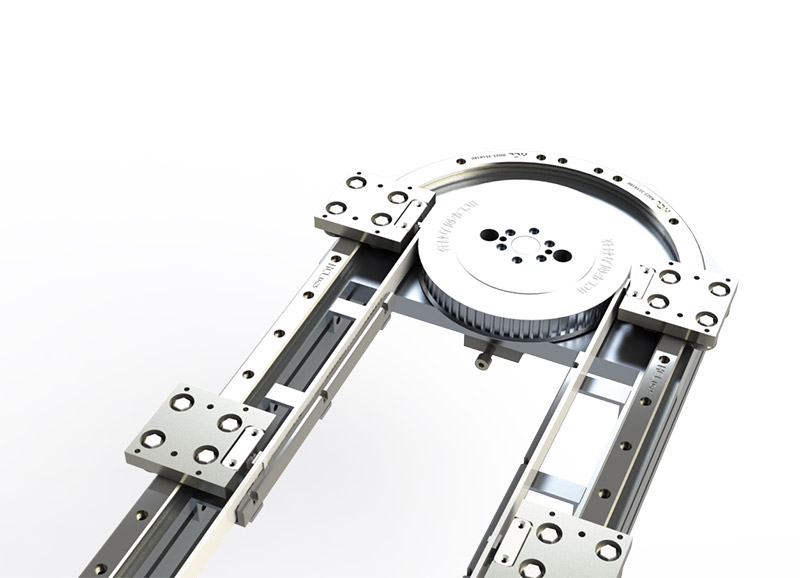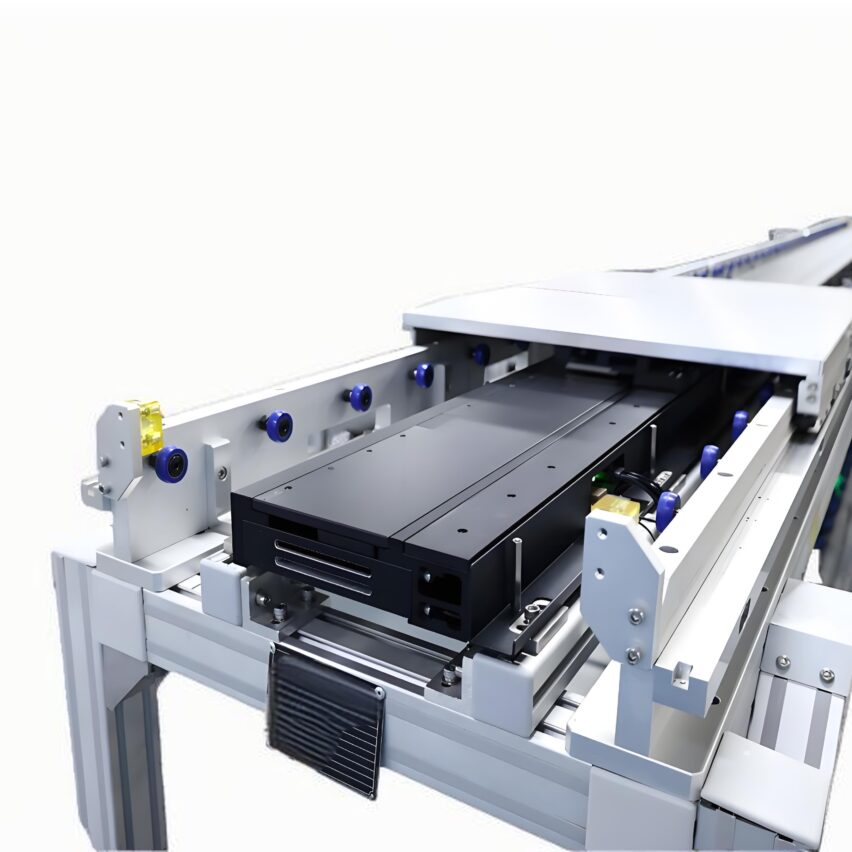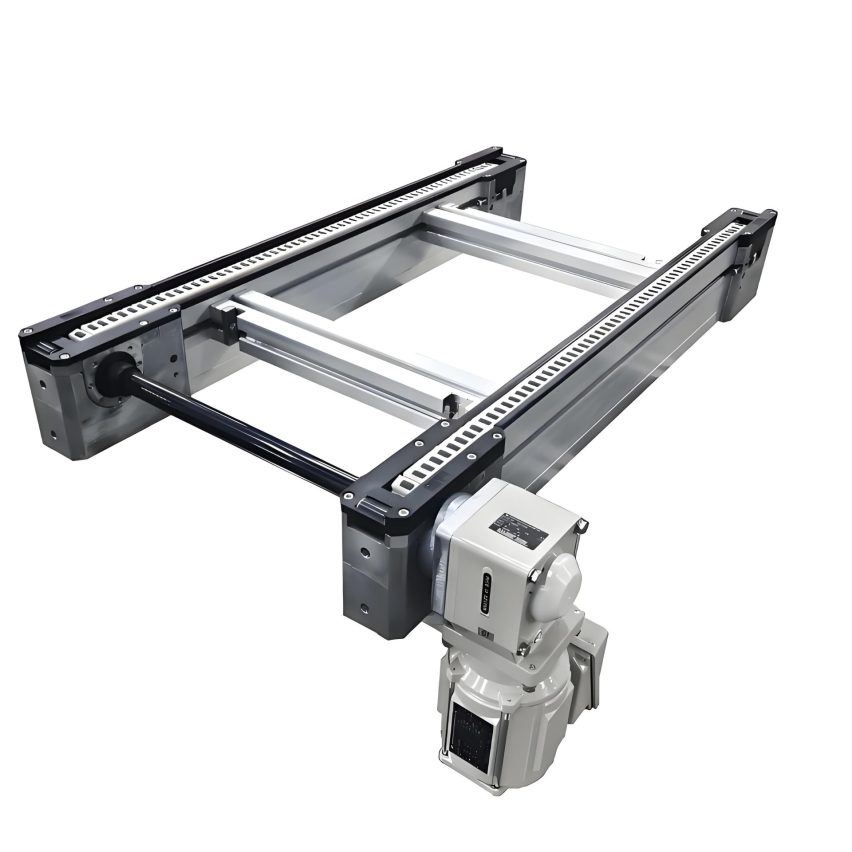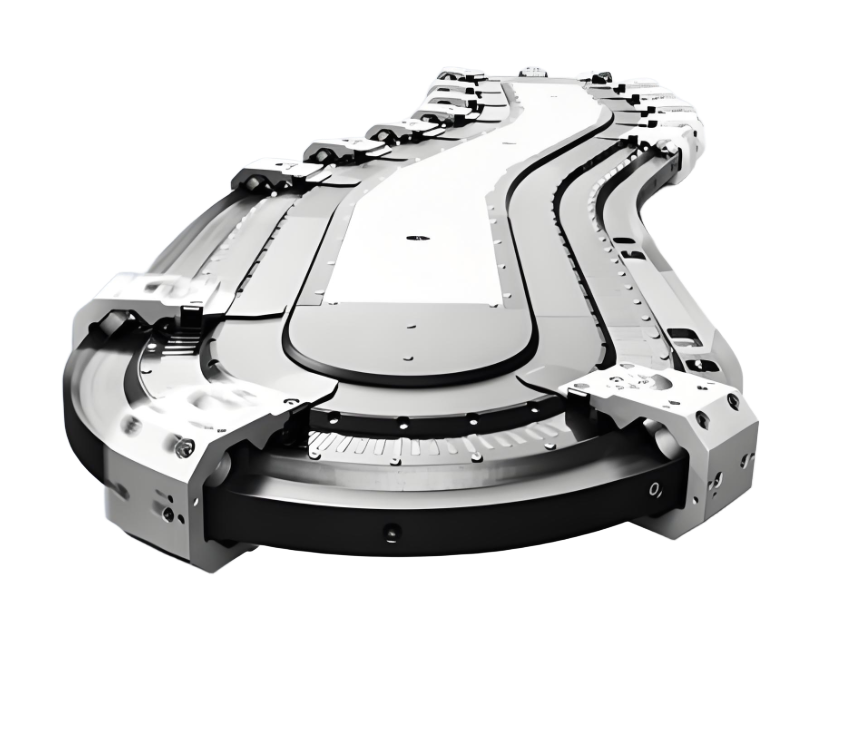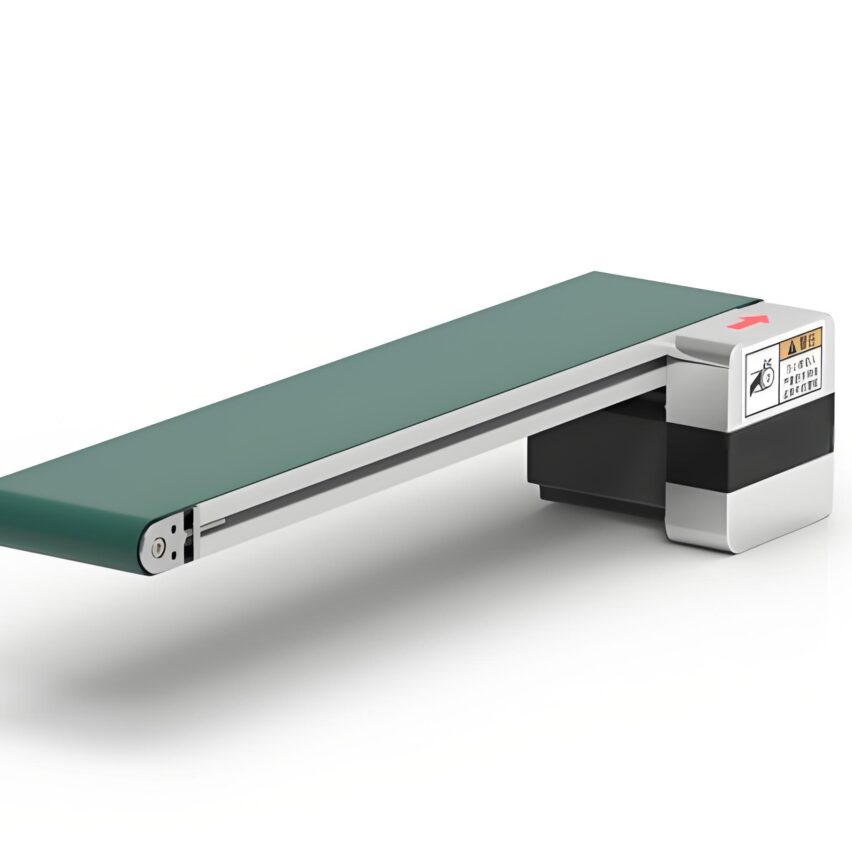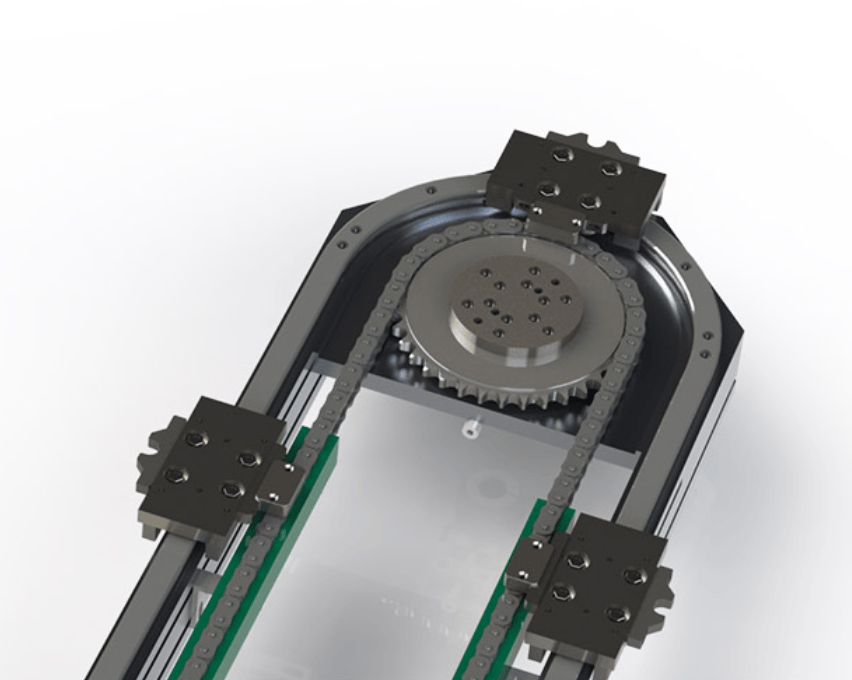Warehouse Li recently worried about sleep - peak season orders soared, but the workers can not recruit, wages also rose year after year. Last month, the light overtime costs more than shell out 15 million, forklift damage to the loss of shelves more painful to him. I heard that the counterparts on the pallet conveyor system, hard to cut 30% of the manpower costs, which in the end how to do? Today we will break open the rubbing said through the secret of this cost reduction!
The basic question: What makes pallet conveyor systems labour-saving?
The core logic is simple: replace flesh and blood with steel sinew and boneTraditional handling relies on manpower to push the forklift. Traditional handling relies on manpower to push a forklift, a skilled labourer can move up to 30 trays per hour, but also subject to the physical limitations of the shift. And the pallet conveying system is so broken:
- Automation to replace repetitive labour
Conveyor line + shuttle combination 24 hours in a row, single line throughput easily exceeded1800 Torr/hourA car parts factory test. An auto parts factory test: the original need for 12 forklift workers three-shift production line, replaced by roller conveyor only 3 people to monitor the night shift directly eliminated. - Elimination of invalid waiting time
Manual handling has 30% time consumed in finding goods, waiting for lifts, avoiding vehicles. Intelligent scheduling system allows pallets to arrive at the station accurately like an underground, after a logistics centre with a dynamic path algorithm.Equipment idle rate from 451 TP3T to 81 TP3T. - Reduction of human error losses
Worker fatigue operation leads to cargo loss rate often up to 3%-5%. RFID full tracking so that the wrong delivery rate to zero, a clothing company on line for a year the cost of returns straight down!65%.
Key Insights: Saving people is not layoffs, but liberating manpower from mechanical labour to high-value positions - for example, although the hourly wage of a system operator is higher than that of a forklift operator by 40%, one person can manage ten lines.
Scenario question: where should money be spent to get fast results?
Gold input strategies for three types of scenarios(with a guide to avoiding the pit):
Scenario 1: Fixed-route high-frequency handling →Drop money on the conveyor line first.
- optimal solution: Heavy Duty Roller Conveyor + Lift
The chemical raw materials warehouse used this combination to squeeze handling time from the shop floor to the loading dock from 50 minutes to 12 minutes. The secret is in theForklift-free transit-Pallets slid directly from the production line into the lorry, 8 porters reduced to 2. - Rollover warningThe difference in ground level is more than ±5mm, so hurry up and do the hardening! Otherwise the roller conveyor bearing will be scrapped in half a year.
Scenario 2: Multi-species small batch flow →Betting on Intelligent AGV Dispatch
- The Case of True Fragrance::
An e-commerce warehouse uses visual AGVs to connect the conveyor line, and the mixing and picking efficiency soars by 2,20%. The original 20-person sorting team is reduced to four people, just because the AGVs can carry the trays.Autonomous avoidance, cross-area collaborationThe system automatically generates heat maps. What's even better is that the system automatically generates a heat map - which area has a high frequency of handling, move the AGV charging pile closer, and run 37 kilometres less on the wrong way every day. - lesson learnt through blood and tears: Don't buy low-accuracy laser navigation on the cheap! A food factory AGV got lost in the cold storage, and the pallet knocked over 300 cases of yoghurt.
Scenario 3: Old warehouse renovation on a tight budget →Deadly "Conveyor Line + Human-Machine Collaboration"
- Keen on God's operation::
Conveyor lines are only laid on the main road (e.g. warehouse → packaging area), with manual workstations at the turnoffs. A furniture factory uses this trick andSaved $2 million in remodelling costs, but cut the 40% carrying post. Workers only need to press the light button to divert pallets, labour intensity from carrying goods to pointing the mouse.
Solution: Avoid the three deadly pits to really save money
Save 30% manpower is not a dream, but planted into these pits in minutes to reverse compensation::
Pit 1: Blindly pursuing full automation →As a result, the equipment sits idle and eats dust
- The Key to Breaking the Game:: Calculating the "human-computer cost balance point"
Automate again when the average monthly cost of labour > equipment depreciation expense. The formula is simple:
Payback period for equipment investment (in months) = Total investment / (Monthly labour cost saving - Monthly maintenance fee)
An FMCG warehouse real test: when the worker's monthly salary is more than $8,500, on the shuttle car system can return to the capital in 24 months.
Pit 2: Ignoring Hidden Maintenance Costs →You lose a Mercedes every year for nothing.
- Guide to preventing pitfalls::
- optional beltPredictive maintenanceModel: Vibration Sensor warns of motor failure 7 days in advance, saving 60% in repair costs.
- Pay-per-pallet" contracts: a logistics provider passes on maintenance costs to equipment vendors, saving money annually.830,000maintenance cost
Pit 3: The process is not changed to force the equipment →Instead of increasing efficiency, it decreases
- life-saving remedy::
- do sth. firstPallet standardisation: Uniformly use 1200×1000mm national standard pallets, otherwise the adaptation of the transformation fee ate 20% budget
- change synchronouslyKPI appraisal: A company's salary was based on the amount of handling, workers deliberately slowed down the pace; after the change to the overall efficiency of equipment (OEE) assessment, the capacity utilization rate soared to 91%
💎 Exclusive data insights
Watch a certain appliance company's god operation:
- Mix and match shuttle + AGVConveyor line share control at 60%
- Worker transfer training intoEquipment Operations and Maintenance Technician, Salary Inversion 25%
Results?
▶︎ Labour costs from monthly average1.87 million → 1.31 million(Drop 30%)
▶︎ Unexpected: Warehouse Lighting Electricity Savings of 40% - because AGV overhead LED lights save electricity compared to roof headlamps!
the anti-commonsense truth: The most cost-effective solution is often not pure automation, but the transformation of workers from "manual labourers" to "intelligent system commanders".


